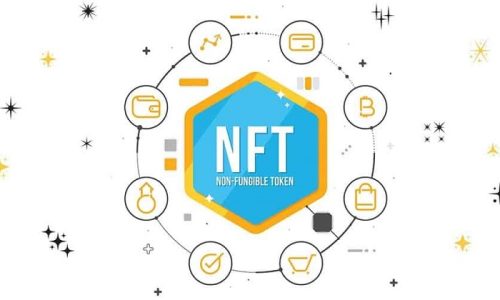
Cloud service providers allow companies to host their data with ease, without the need for technical infrastructure and with the promise of cost savings. Cloud hosting, on the other hand, has the potential for cloud security blunders. These blunders can lead to data breaches in the cloud. Cloud security data breaches are on the rise as the cloud services industry grows to nearly $750 billion in revenue. According to research, the number of violations increased by 54% in 2019 compared to the previous year. This is why every company needs to recognize and enforce cloud protection. This is where the need for cloud security monitoring comes into play.
What is Cloud Monitoring?
Cloud monitoring is an essential part of cloud protection and management. It provides solutions through automation. It oversees a server (both physical and virtual) to continuously analyze data, software, and infrastructure for potential security risks. This ensures that the cloud infrastructure and platform operate to their full potential while reducing the possibility of expensive data breaches.
Why Do You Need To Concentrate On Cloud Security Monitoring?
According to reports, almost 80% of businesses have suffered a cloud data breach in the past 18 months. Cloud monitoring makes identifying trends and pinpointing possible security flaws in cloud infrastructure much easier. Since there is a general belief that important data is lost when processed in the cloud, good cloud monitoring will help businesses feel more at ease about using the cloud to move and store data.
When user data is stored in a cloud service, cloud monitoring can help customers avoid losing business and dissatisfaction by maintaining the security of their confidential information. While web resources can increase security risks, cloud computing has numerous advantages for companies, ranging from increased flexibility to improved customer support. Cloud monitoring is one initiative that helps businesses strike a balance between mitigating risks and reaping the benefits of the cloud – all while minimizing disruption to business processes.
How Does Cloud Monitoring Work?
Cloud security monitoring can be done in a variety of ways.
- Directly on the cloud network.
- Through an organization’s existing security software
- Through a third-party cloud service vendor
The following are some of the main features of cloud security monitoring software:
Scalability: tools must be able to monitor vast amounts of data from several locations.
Visibility: The more visibility a cloud monitoring solution offers into device, user, and file activity, the more it can detect possible attacks or compromises.
Constant monitoring: The best cloud security monitoring tools can ensure that new (or updated) files are searched for threats in real-time.
Integration: To get complete control of an organization’s cloud use, monitoring tools must allow integration with a wide variety of cloud service vendors.
Auditing and Reporting: To manage enforcement criteria for cloud protection, cloud management tools should provide regular audits and reporting features.
Some of the Best Practices for Cloud Security Monitoring
Data Security
Gaining full control over data at all endpoints is one of the most effective ways to mitigate cloud protection risks. The use of solutions that search, analyze, and act on data before it leaves an enterprise network allows for strong protection against data loss in the cloud. This also aids in the prevention of security flaws, such as the uploading of confidential data to insecure cloud repositories.
Patch Management
Unpatched apps and systems cause serious problems. It has become critical to keep an organization’s environment safe by upgrading systems regularly. Asset directory, vulnerability detection through data collected, and configuration for understanding the significance of the risks involved are all criteria for an enterprise to minimize risks for their systems.
Organizations should consider creating a checklist of important procedures and ensuring that all changes are up to date to prevent bugs from being introduced into the live setting. Vulnerability testing and automated patching are combined to reduce the effects of risks.
Automated Systems
The process of monitoring and generating reports can be coded to allow automation, so scripting remains an essential feature of cloud security monitoring. Because of the interactive existence of cloud operations, organizations must start to concentrate on implementing monitoring tools and automate the red flags and logging system for real-time warnings.
Final Thoughts
Strict control over data at every endpoint is one of the most powerful ways to mitigate cloud protection risks. Solutions that search, evaluate, and act on data until it exits the enterprise network are a robust first line of protection against data loss via the cloud and can help prevent vulnerabilities like a confidential file being uploaded to an insecure cloud repository.



